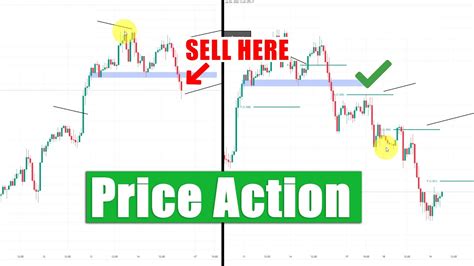Action strategies of the cryptocurrency price for trading Litecoin (LTC)
Since the popularity of cryptocurrencies continues to grow, traders and investors are looking for effective strategies to profit from this volatile market. One of the most popular cryptocurrencies is Litecoin (LTC), known for its rapid time of processing of transactions, low taxes and the wide adoption by traders. In this article, we will explore some price action strategies for Litecoin trading using technical analysis.
Understanding of prices in LTC
The action of prices refers to the dynamic behavior of the price graphic designer of a cryptocurrency, including the models, trends and levels that traders are looking for when they make investment decisions. In the context of Litecoin, the action of prices can reveal hidden insights in the feeling of the market, liquidity and potential slopes or inversions.
Strategy 1: the model of bearish stentener
The reliable banner model is an upward reversal model in which the price constitutes a maximum of a falling trend, followed by a higher bass. This model often indicates a potential purchase signal for Litecoin when it breaks above the higher support level.
* Setting: A model of a bearish stentener is formed with a mobile average at 50 periods (but) on an inverse graphic designer.
* Confirmation of the pattern: The price breaks above the upper support level, reporting a potential reversal tendency.
* Entrance:

Buy Litecoin when the price breaks above the higher support level and remains above it for some bars.
Strategy 2: the hammer model
The hammer model is a upward revision scheme in which the price constitutes a lower kiss on a growing trend, followed by a high high. This model often indicates a potential purchase signal for Litecoin when it breaks below the lower support level.
* Setup: A hammer model is formed with a but of 50 periods on an increasing graph.
* Confirmation of the model: The price breaks below the lower support level, reporting a potential reversal tendency.
* Entry:
Buy Litecoin when the price breaks below the lower support level and remains below it for some bars.
Strategy 3: the model of SALLE STAR
The cadent star model is a bullish reversal scheme in which the price constitutes a maximum of a drop in decline, followed by a bass bass. This model often indicates a potential purchasing signal for Litecoin when it breaks over the level of higher resistance.
* Setup: a Shoot star motif is formed with a but 50 periods on an inverse graphic designer.
* Confirmation of the pattern: The price breaks above the upper level of resistance, reporting a potential reversal tendency.
* Entry: Buy Litecoin when the price breaks above the upper resistance level and remains above it for some bars.
Strategy 4: the T-Head model
The T-Head model is a reversal reversal model in which the price constitutes a maximum of a growing trend, followed by a higher bass. This model often indicates a potential sales signal for Litecoin when it breaks below the lower support level.
* Setup: A T-Head model is formed with a but of 50 periods on an increasing graphic designer.
* Confirmation of the model: The price breaks below the lower support level, reporting a potential reversal tendency.
* Entry: Sell Litecoin when the price breaks below the lower support level and remains below it for some bars.
Additional tips
When we exchange litecoin using these strategies, keep in mind:
* Divergence: Use the divergence indicators (e.g. RSI, stochastic oscillator) to confirm purchase signals or sell.
* Confirm: Check the entry points with graphic models and other technical indicators.
* Risk management: Always set stop losses and reports for the call of risks based on your trading strategy.
Conclusion
The cryptocurrency price action strategies offer a unique approach to Litecoin trading (LTC). Mastering these techniques, traders can increase their profit opportunities from this frenetic market.
